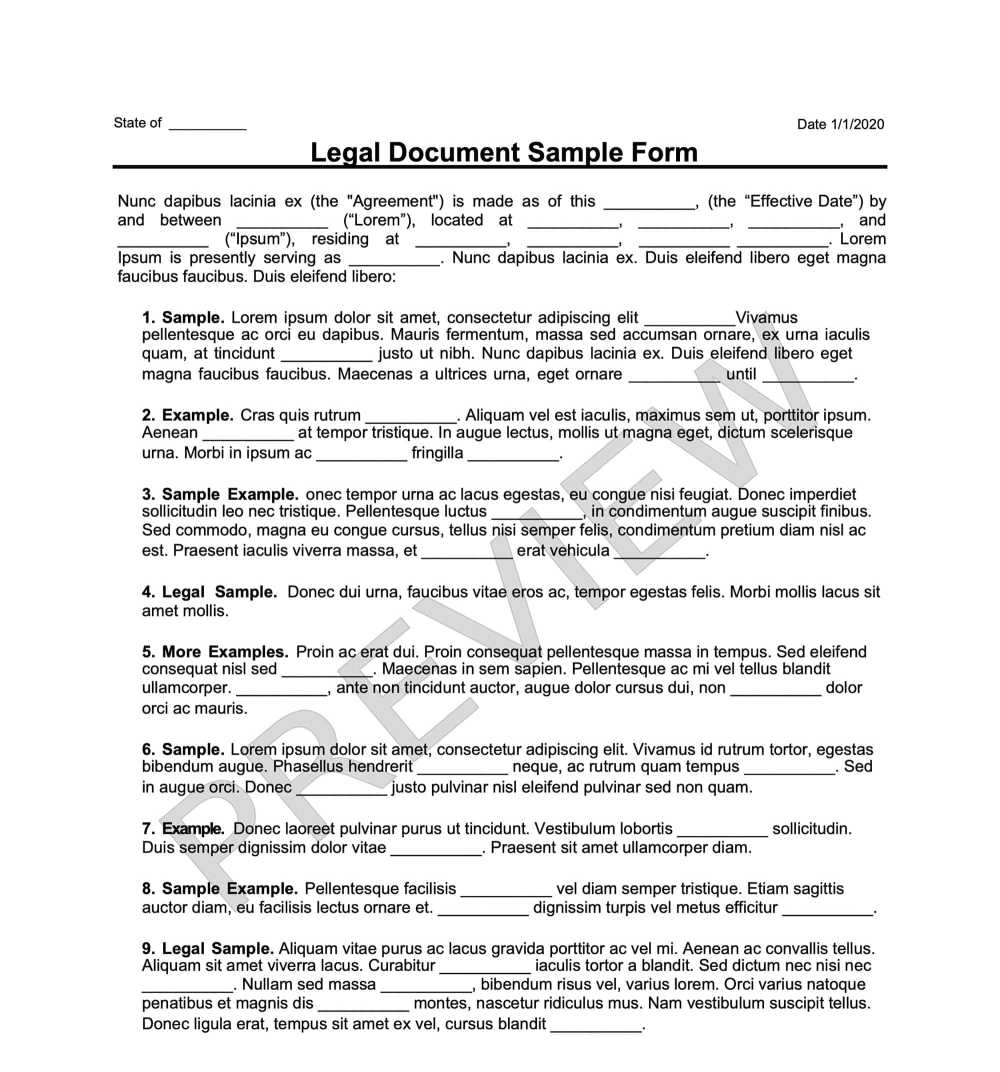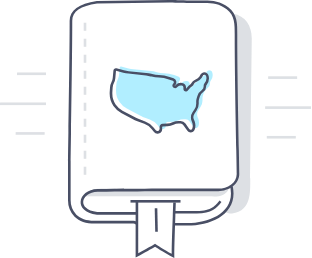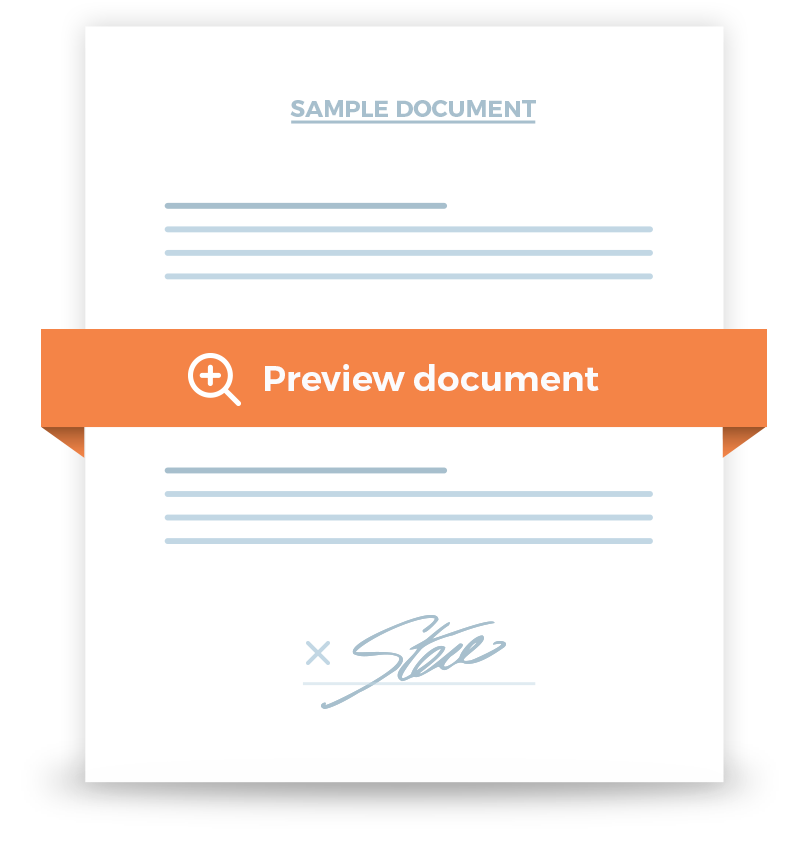Deed of Reconveyance
A Deed of Reconveyance vouches that the debt secured by a deed of trust has been paid in full by the borrower.


Frequently Asked Questions
In terms of what they represent, there is no difference between the two. They are both official documents issued by the mortgager or trustee affirming that the borrower has paid the debt in full and that they are now the only owner of the land or property of concern. However, the difference is that the Deed of Reconveyance is only used when the deed of trust was used, which includes a third-party and is used in some states in lieu of the Mortgage Agreement. Other states may offer both.
If you are looking to sell a property and you cannot find a Deed of Reconveyance with the records office, which can create a significant issue. The deed of trust continues to be a burden against the property, and that creates further complications. It is the trustee's job to issue the Deed of Reconveyance to the trustor and most states have time limitations for that. But it is the borrower's job to file the Deed of Reconveyance with the county clerk's office. When the debt has been paid in full, it's essential for all parties to perform due diligence and follow through with the paperwork to avoid complications in the future.
It is not uncommon today for loan refinancing to be the cause for a reconveyance. What happens is that the purchaser of the property chooses to refinance an existing loan and, in the process, pays it in full. This automatically initiates the reconveyance process and the Deed of Reconveyance now belongs to the new beneficiary. This could lead to potential complications once the loan is finally paid in full.
If there are no issues regarding the Deed of Reconveyance discharge by the trustee and the borrower can file it after, there is no need to hire an attorney. But if any clerical errors ensue and any other related issues, perhaps contacting a real estate attorney licensed to practice law in the state can be beneficial.
All US states recognize interstate notarization so it should not matter. But to be absolutely sure, you may want to contact the County Clerk’s Office.




